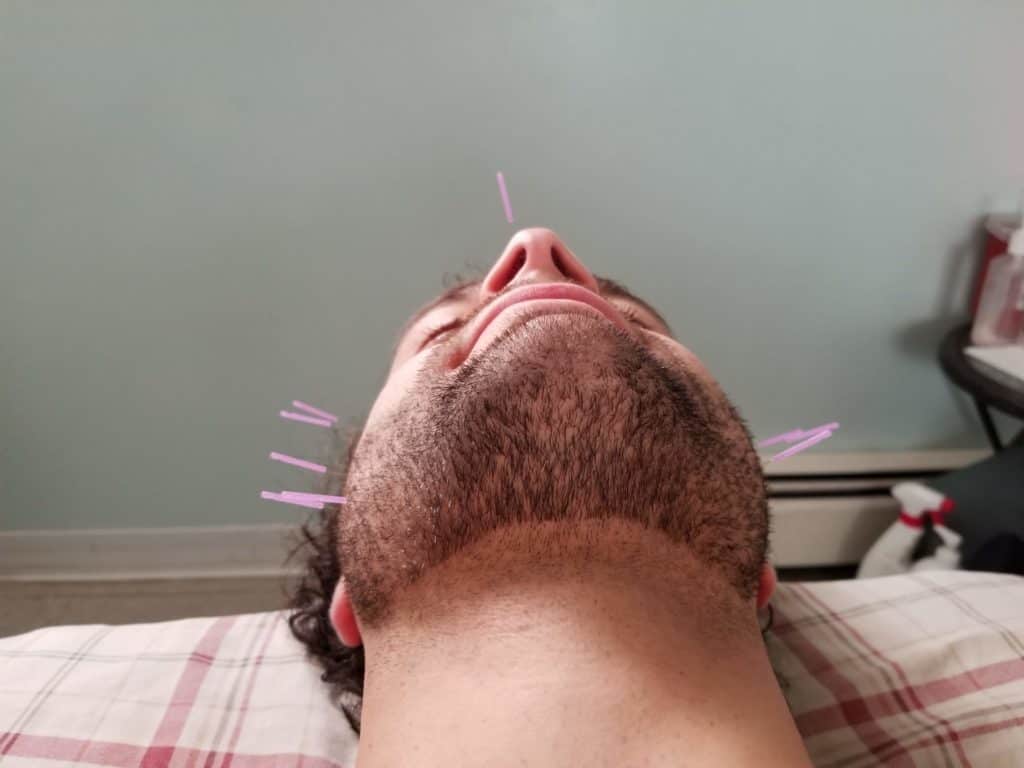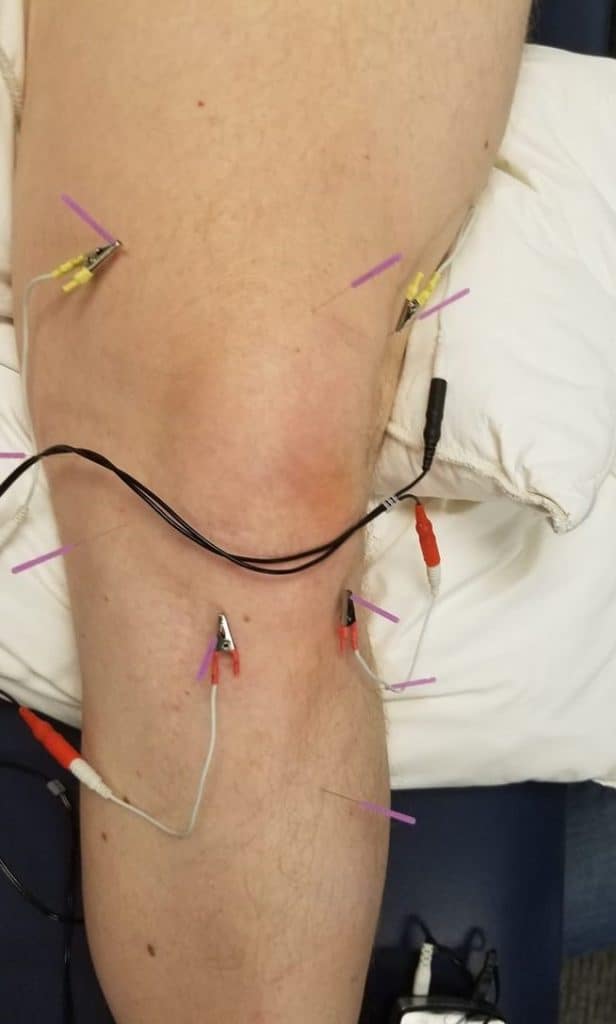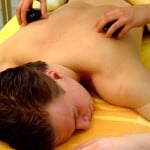- No substance is injected by the needle, hence the term “dry’ needling.
- Dry needling is a science-based, Western medicine intervention which differs from acupuncture by means of the philosophy, clinical reasoning and types of conditions treated. Unlike acupuncture, dry needling does not have the purpose of altering the flow of energy (“Qi”) along traditional Chinese meridians and affecting organ systems.
- It is a means of accessing trigger points that are deep and difficult to reach by other manual therapies. Trigger points can cause dysfunction in how muscle and connective tissue (fascia) should be able to move.
Is Dry Needling safe?
Dry needling is very safe; however, serious side effects can occur in less than 0.01% (1 in 10,000) teatments. A serious side effect from dry needling is lung collapse (pneumothorax) from a chest wall needle puncture. If you have shortness of breath, increased breathing rate, chest pain, dry cough, bluish skin or excessive sweating after a dry needling treatment, you should immediately see a physician. Nerves or blood vessels may be temporarily damaged from dry needling, resulting in pain, numbness, or tingling which is also a very rare event.
The most common side effects include:
- Drowsiness, tiredness or dizziness which occurs in a small number of patients (1-3%) and, if affected, you are advised not to drive until symptoms subside.
- Minor bleeding or bruising occurs after dry needling in 20% of treatments and is considered normal.
- Temporary pain during dry needling (from an active trigger point) occurs in 60-70% of people and also considered normal.
- Existing symptoms can initially get worse after treatment (less than 3% of patients), before getting better.
- Fainting can occur in certain patients (0.3%), particularly at the frst treatment session.
What Conditions Does Dry Needling Treat?
Dry needling can be very helpful in treating:
- chronic pain syndrome
- tendinitis/tendinosis
- whiplash
- headaches
- TMJ dysfunction
- arthritis
- carpal tunnel syndrome
- neck/back/shoulder pain
- sciatica
- plantar fasciitis
- scar tissue
- and many more!




